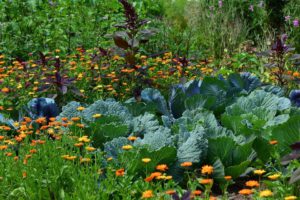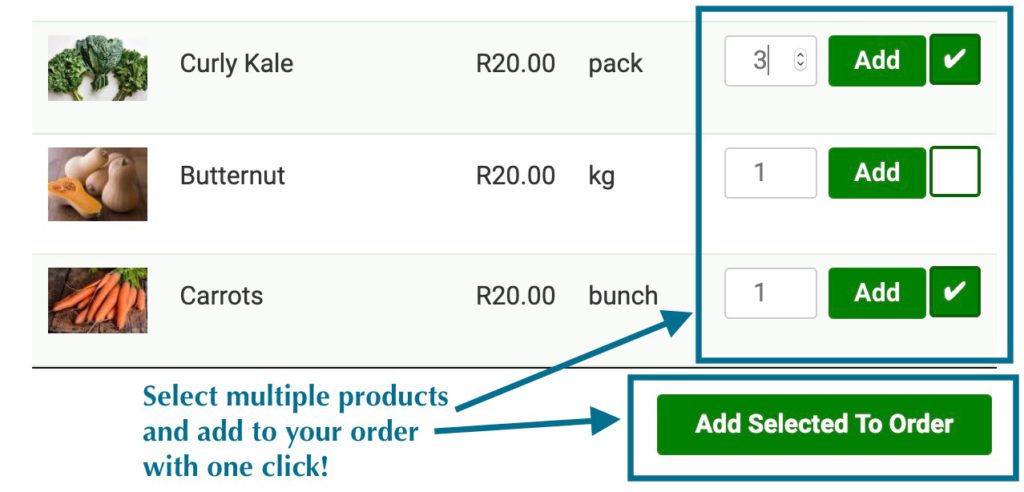Forests are the most productive eco-systems on land. When plants are layered on all levels from root to leaf canopy, the greatest diversity and biomass of vegetation, animals, insects & fungi is possible.
A food forest provides the greatest possible yield of food for any plot size.
Once mature, forests requires no further inputs & are able to create their own nitrogen and carbon through biological plant processes and store water in plants and soil.
By introducing productive food bearing plants and animals into the forest ecosystem, we can use the energy and components of the forest to produce large quantities of food with very little effort.
It is possible to design & plant a productive food forest nearly anywhere in the world. Whilst the species of plants used will vary between climatic zones, the underlying elements included will be surprisingly similar.
A forest is resilient because it has so many different types of plants, and key to the success of any food forest is the establishment of suitable support species. These include “nitrogen fixers” which create nitrogen in the soil through bacteria on roots, windbreaks plants & trees that provide shelter from strong winds, and shade creating plants that reduce soil temperature & evaporation.
During establishment of a food forest, it is recommended to start with a ratio of around 90% support species and only 10% food bearing. Species planted in the first few years should be leguminous, fast growing and mulch producing pioneers. These plants condition and improve the soil and provide a suitable environment for food bearing plants to thrive. Leguminous trees usually have fast growth and are comparatively short lived, making them ideal in the establishment of food forests.
Food forests predominantly comprise of perennial plant species – trees and shrubs that live for longer than a year. These plants are able to establish extensive root systems and symbiotic relationships with others in the system. If you are planting a food forest from bare soil then you should incorporate a mix of plants that achieve different heights, such as the root layer & ground covers, herbaceous shrubs, bushes, small and large trees. Many of the pioneer plants are suited for green mulch (chop & drop) and soil building through leaf litter and root activity.
There are also annual species to include in food forests, self seeding short lived plants that provide food for humans & animals and take advantage of favourable conditions during a growing season.
Plant traits that are favoured for food forest species in the early years of establishment include a fast growth speed, flowers to attract bees and insects and proliferate seed bearing plants to attract birds. These pioneer species need to be hardy and able to withstand strong winds and hot sunshine until they have established a sufficient canopy to provide protection to softer leaved plants below. Plants and trees that thrive on regular pruning are most suitable as they allow for the fastest build up of soil fertility.
After a few years some of these pioneers can be cut down at ground level, leaving the roots intact to slowly return nutrients to the soil. The bulk of the plants & trees can be just left on the soil surface to decompose, or shredded and used as mulch around newly planted food bearing species. Over time the pioneers are replaced by long lived fruit and nut trees, edible root plants, and herbaceous perennials. An ideal final ratio is 90% food bearing plants and 10% supporting species. At this stage, few inputs or work is required, apart from harvesting and keeping paths clear for easy access. The forest is a self regulating system, able to suppress noxious weeds, produce its own fertility and retain water far more effectively than mono-culture crops or orchards.
Some popular species used in food forests include:
Honey Locust (Gleditsia triacanthos)
Black locust (Robinia pseudoacacia)
Sand Olive (Dodonaea viscosa)
Golden Wattle (Acacia saligna)
Keurboom (Virgilia divaricata)
Moringa (Moringa oleifera)
Goumi (Elaeagnus multiflora)
Siberian pea tree (Caragana arborescens)
Sea Buckthorn (Hippophae rhamnoides)
Goji & other berries
Buffalo berries (Shepherdia spp)
Artichoke
Asparagus
Beets
Rhubarb
Sunflowers
Brassicas
Strawberry
Oregano
Clover
New Zealand spinach
Garlic
Potato (sweet potato)
Horseradish
Burdock
Turmeric
Passion fruit
Kiwi
Squash
Grapes
Beans

